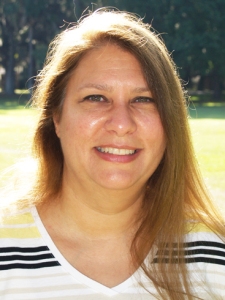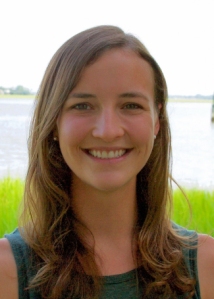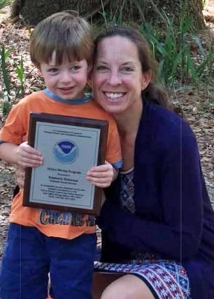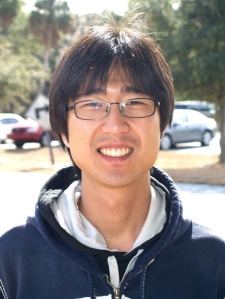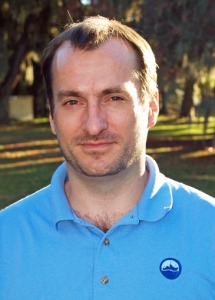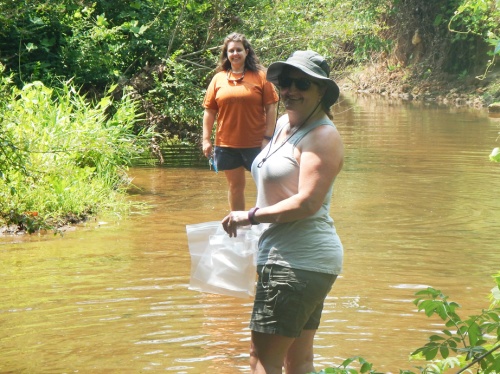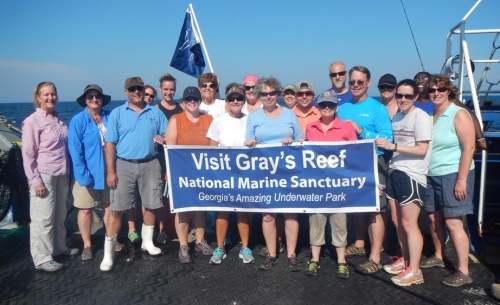by Debbie Jahnke
Editor’s notes: Debbie and Rick Jahnke were long-time members of the Skidaway Institute family. Rick was a faculty scientist and, for several months, interim director of the institute. Debbie was his research coordinator. They both retired in 2008 and moved to Port Townsend, Wash.
In March of this year, the Georgia General Assembly approved a $ 3 million bond issue to renovate and repurpose the barn into usable laboratory and meeting space.
In 1986, Rick Jahnke interviewed for a faculty position at Skidaway Institute of Oceanography. At the time, he was a research scientist at Scripps Institution of Oceanography. Rick returned home to San Diego with the impression that he wouldn’t be hired because Stuart Wakeham had also interviewed for the position and would undoubtedly be selected. Instead, Skidaway Institute came up with the funds for two positions and hired both Rick and Stuart.
Rick’s start-up requests to Skidaway Institute were modest: a germanium detector and a desktop computer. He also requested lab and office space in the Roebling building and a staging lab in the barn for maintenance, repair and modification of his various seagoing autonomous vehicles. The barn was nearly perfect for that purpose, with plenty of storage space and a central open area that allowed loading and offloading of equipment with a hand-winched pulley system.
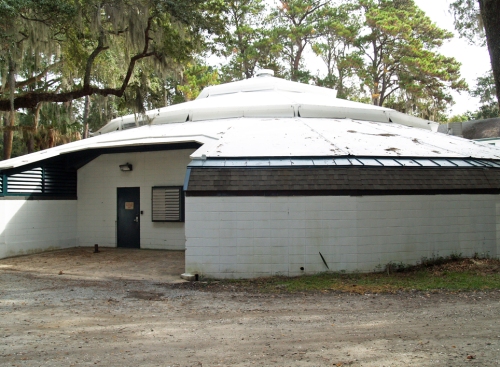 Rick didn’t need any extra space for me and, instead, split his office with a wall so there was a spot just big enough for my desk and a “labradog” named Daisy. I was the analytical tech for his research and he hired an equipment tech for the seagoing operations. The barn lab operations expanded to the second floor of the barn when it became clear that anyone interested in measuring natural levels of C-14 wasn’t going to be able to do it in many existing Skidaway Institute labs. In the free-form early days of productivity measurements, enough C-14 made it into the ambient spaces of many Skidaway Institute labs that C-14 dating indicated that our labs existed about 50,000 years in the future. The levels of so-called contamination were in no way concerning for health or safety, but they made natural abundance measurements impossible without a ‘clean’ space for sample storage. The bright yellow room with the pink and green interior and cold room on the second floor of the barn were the result.
Rick didn’t need any extra space for me and, instead, split his office with a wall so there was a spot just big enough for my desk and a “labradog” named Daisy. I was the analytical tech for his research and he hired an equipment tech for the seagoing operations. The barn lab operations expanded to the second floor of the barn when it became clear that anyone interested in measuring natural levels of C-14 wasn’t going to be able to do it in many existing Skidaway Institute labs. In the free-form early days of productivity measurements, enough C-14 made it into the ambient spaces of many Skidaway Institute labs that C-14 dating indicated that our labs existed about 50,000 years in the future. The levels of so-called contamination were in no way concerning for health or safety, but they made natural abundance measurements impossible without a ‘clean’ space for sample storage. The bright yellow room with the pink and green interior and cold room on the second floor of the barn were the result.
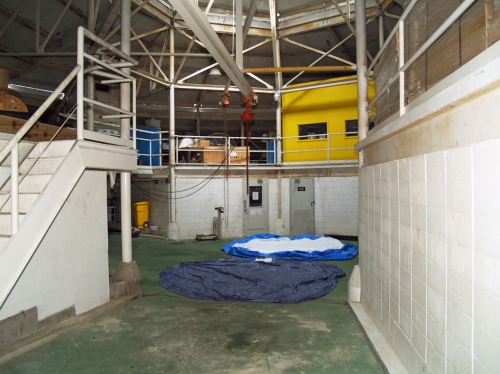 From those barn labs, autonomous vehicles were staged, packed and deployed for oceanographic research off western Africa, Peru, Panama, New Guinea, deep shelves off Cape Hatteras, California, Oregon and other locations, as well as the Georgia shelf. Samples were returned and stored in the yellow lab upstairs.
From those barn labs, autonomous vehicles were staged, packed and deployed for oceanographic research off western Africa, Peru, Panama, New Guinea, deep shelves off Cape Hatteras, California, Oregon and other locations, as well as the Georgia shelf. Samples were returned and stored in the yellow lab upstairs.
The barn provided another opportunity for me when I was drafted in a weak moment to try to improve what was quite dismal visitor housing at Skidaway Institute in the 1980s. The first housing we made habitable was the barn apartment. As we worked through the process of getting three NSF grants for housing, we also were able to set up a small laundry room in the barn so that volunteers could keep clean linens in the housing we did have. The first successful grant built the quadraplex (Menzel, Zeigler, Carpenter and Knight apartments). The second grant rehabilitated the housing that existed since the plantation days (the barn apartment, now renamed Baggett, Rice House, Thomas and Martin apartments). The third grant built the Commons. I spent many hours in that barn laundry room while most of my weekends and holidays were spent cleaning housing units before the institute finally figured out how to pay someone to do that as a real job.
Rick and I retired in 2008 and headed west with our five cats. All I know of the modern Skidaway Institute is what I read on the website and Facebook pages and occasional emails from friends still there. Skidaway was wonderful to us and the barn was a big part of the ease with which our research was facilitated. It was with considerable pleasure that we learned of the grand and useful future being planned for the good old barn.

